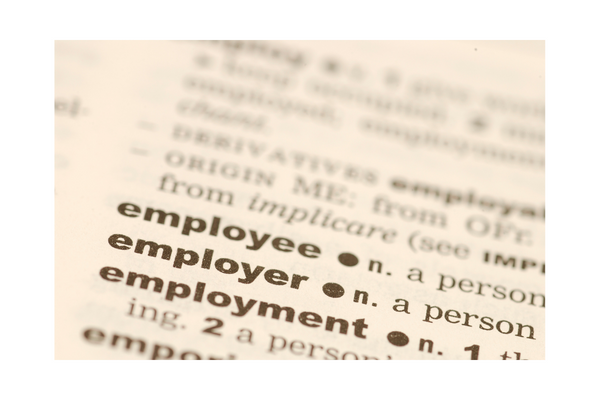Employment allowance has now been increased from £3,000 to £4,000. This is Good news to some but not all businesses.
These are some of the changes made by the newly appointed chancellor in the budget read a few days ago.
This is good news for businesses that are eligible for employment allowance.

THE BUSINESS THAT IS NOT ELIGIBLE TO CLAIM EMPLOYMENT ALLOWANCE FROM APRIL 2019
The following business is not eligible for claiming the relief:
1. In Businesses with a sole director, this director must be the only employee that is paid remuneration above the secondary earning threshold.
2. Domestics staff employed such as gardeners, nanny, etc
3. If the business is such doing more than fifty per cent of its work in the public sector or it’s a public body except if the business is a charity.
4. A business where all the income earned is under the deemed employment rule (IR35).

CHANGES IN EMPLOYMENT ALLOWANCE FROM APRIL 2020 ARE ANNOUNCED IN THE BUDGET.
The first change that was introduced for this tax year was that businesses with a national insurance bill of more than £100,000 in the previous tax year could no longer claim the relief.
And the latest update from the chancellor which enables a small business to claim an allowance of £4000 rather than the £3000 previously claimed.
HOW TO CLAIM EMPLOYMENT ALLOWANCE.
Employment allowance relief must be claimed yearly by submitting an employment payments summary.
It’s not automatic as business owners should access themselves yearly to ensure they qualify for this relief.
THE IMPLICATION OF EMPLOYING ALLOWANCE.
When they run monthly using the software, the employer would not pay the amounts that relate to only the second-class national insurance.
When the accumulation of this bill reached £4000, the employer will start paying the excess of the allowance.
The good news is that this allowance is refreshed yearly.
If you would like to read more about Employment allowance, kindly click
If you would like to request for 30 minutes consultation, kindly contact us
